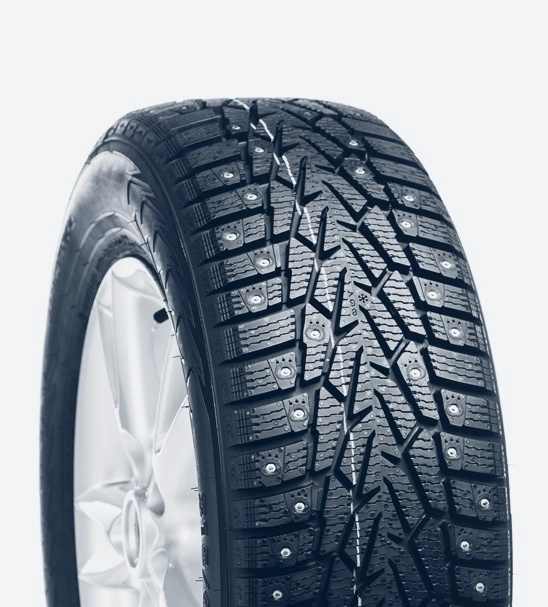Axle Transmission Seal | Durable & Reliable Sealing Solutions
Understanding Axle Transmission Seals Importance and Functionality
Axle transmission seals are crucial components in various vehicles that play a vital role in maintaining the efficiency and longevity of a vehicle's drivetrain system. These seals effectively prevent the leakage of lubricants and other fluids, ensuring optimal performance of the axle and transmission systems.
What Are Axle Transmission Seals?
Axle transmission seals are typically circular, rubber or synthetic seals that are fitted in specific grooves in the axle housing or transmission casing. They are designed to fit tightly against the rotating components of the axle and transmission, such as the drive shafts, to create a barrier that keeps lubricant contained while keeping contaminants out.
Importance of Axle Transmission Seals
1. Preventing Fluid Leakage The primary function of axle transmission seals is to prevent the escape of lubricants. These fluids are essential for the lubrication of moving parts, minimizing friction, and reducing wear and tear. A leak could lead to a decrease in fluid levels, causing overheating and potential damage to the axle or transmission.
2. Keeping Contaminants Out In addition to retaining fluids, these seals also protect the sensitive internals of the axle and transmission from dirt, dust, and moisture. Contaminants can cause significant damage, leading to costly repairs. A well-functioning seal ensures that the internal environment remains clean and efficient.
3. Enhancing Longevity Regular wear and tear can degrade axle transmission seals over time, leading to eventual failure. However, maintaining the integrity of these seals can significantly enhance the lifespan of the vehicle's components. By preventing fluid loss and contamination, the seals contribute to the overall durability of the drivetrain.
axle transmission seal

4. Improving Performance A vehicle with faulty axle transmission seals may experience a range of performance issues. Symptoms such as leaking fluids, noise from the axle, or difficulty shifting gears could indicate seal failure. Ensuring that seals are in good condition leads to smoother operation and improved handling.
Signs of Seal Failure
To maintain vehicle performance, it's essential to recognize the signs of axle transmission seal failure. Common indicators include
- Fluid Leaks Puddles of oil or transmission fluid underneath the vehicle are often the first signs of seal problems. - Unusual Noises Grinding or clunking noises during operation can indicate that the seals are failing, resulting in lubricant leakage and insufficient lubrication. - Increased Temperature Overheating components can suggest that lubricating fluids are not adequately contained.
Maintenance and Replacement
Regular maintenance checks should include inspecting the condition of axle transmission seals. If any signs of wear are evident, timely replacement is key. Most seals can be replaced without extensive disassembly of the vehicle, making it a relatively straightforward maintenance task.
In conclusion, axle transmission seals are essential for the proper functioning of a vehicle’s drivetrain. They prevent fluid leakage, safeguard against contaminants, extend component life, and ensure optimal vehicle performance. Regular inspection and maintenance of these seals can save vehicle owners from costly repairs and improve overall satisfaction with vehicle operation. By understanding the importance of these seals, drivers can ensure their vehicles operate smoothly for years to come.
-
Understanding the Front Main Engine Seal: Purpose, Maintenance, and Installation
News Jul.29,2025
-
Understanding O-Rings and Seal Rings: Types, Applications, and Custom Solutions
News Jul.29,2025
-
Understanding Crankshaft Oil Seals: Rear Seals, Pulley Seals, and Their Role in Engine Integrity
News Jul.29,2025
-
The Importance of Front and Rear Crankshaft Seals in Engine Performance and Oil Management
News Jul.29,2025
-
Crank Oil Seals: Functions, Types, and Cost Considerations in Engine Maintenance
News Jul.29,2025
-
A Comprehensive Guide to O-Rings and Seals: Types, Materials, and Global Applications
News Jul.29,2025
-
Mastering Diesel and Performance Engine Maintenance: A Guide to Critical Oil Gaskets
News Jul.28,2025
Products categories















